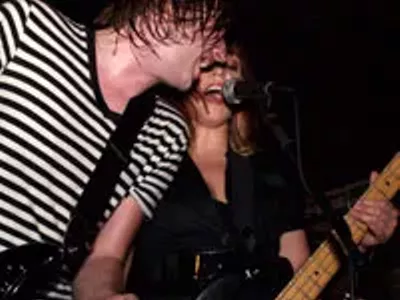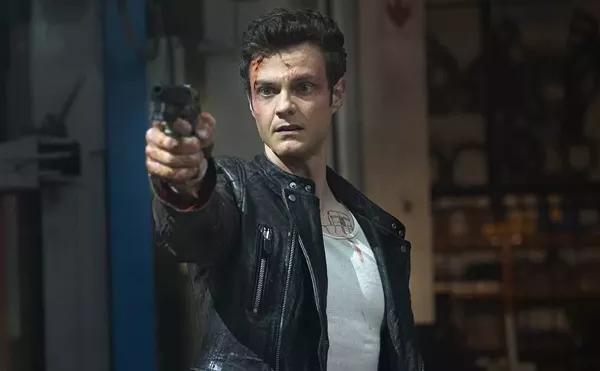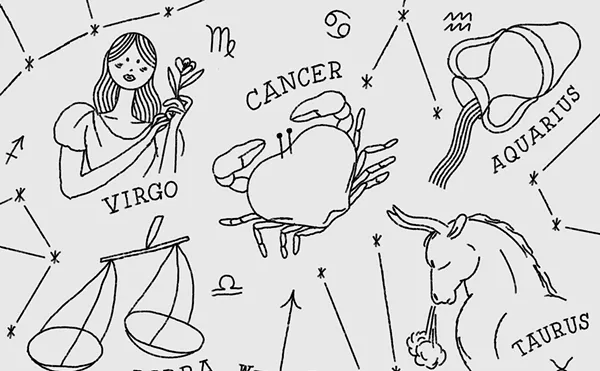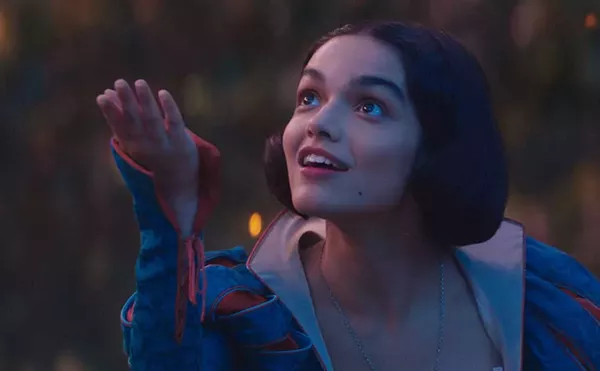The idea for this project began to take shape last spring when I was the tour photographer for singer-songwriter Kem. He was in Washington, D.C., to perform at the White House, and I went with him as he visited wounded soldiers at Walter Reed Army Medical Center.
We weren't prepared for what we saw — all these kids who were so horribly injured. But what struck me most was their faith and their drive to recover so that they could go back and be with their buddies who were still fighting. That was their major goal, to get back.
I actually didn't look at the images for quite a while. I didn't know what it would be like to relive the experience through the photos I took. One of the things I worried about was that they might seem exploitive. But when I did go back, I realized that they weren't. What did come across was the emotion, the happiness on their faces amid all this darkness and gore.
About a year before that, I had started working with Detroit Receiving Hospital, which had hired me to do some promotional material. When I came back to Detroit, after that experience at Walter Reed, I was very interested in seeing what happens in our own back yard. Since I already had a relationship with Detroit Receiving, I proposed spending a 24-hour block of time in the hospital, so I could see what happens, and live it for an entire day. They decided to pay me for possible use of the photos, but I would have unfettered access to shoot things as I wanted and present the pictures as I wanted (such as in Metro Times, which has often showcased my work since 2001).
We did the 24 hours last September, starting at 6 a.m. Everybody was incredibly forthcoming and wanted to tell their stories. Everyone wanted to talk, and talk for a long time. They didn't care that they had a camera in their face and that they hadn't had their hair done in six days. We were able to go everywhere, from the burn unit to the emergency room to visually handicapped services. I decided to shadow certain people, one of whom was a chaplain making rounds.
I knew I would find similarities to my experience at Walter Reed. And the biggest similarity I found was the faith these people had, and their will to survive and recover, even in cases where that seemed to be against all odds. In one case, a man was talking about not making it; there were these two nurses who told him they wouldn't let that happen, that they were there to ensure that he would make it. I've always been fascinated by people in jobs like this, who have to go into these stressful situations and remain calm with sirens going in the background, loud speakers blaring, people reacting to emergency situations.
What this ended up being, I think, is a study in human nature. I was prepared to see horrible things, but what I ended up seeing was a lot of really beautiful faces.
Cybelle Codish a Detroit-based freelance photographer. E-Mail [email protected]





